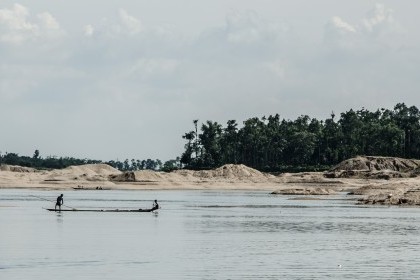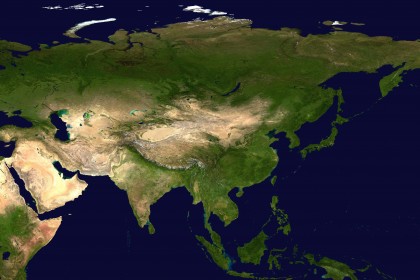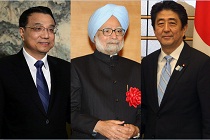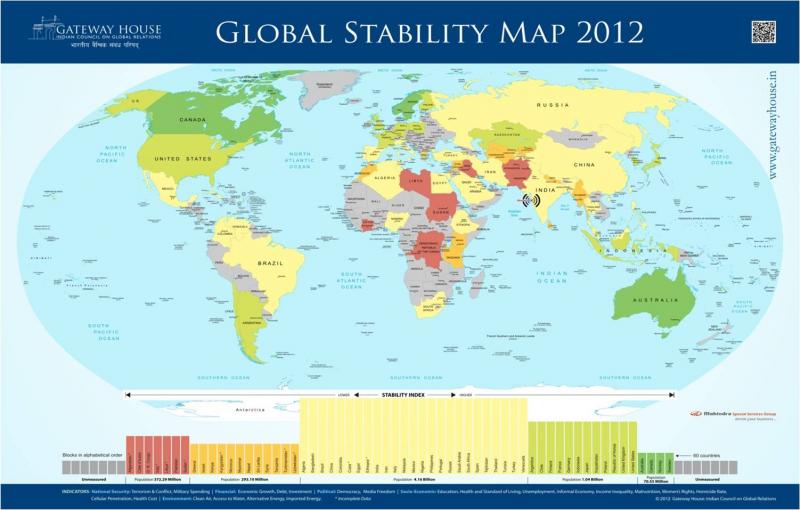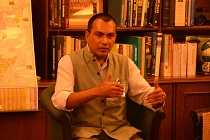Listening to the Rivers
India's North Eastern States are part of one of the largest fluvial regions, they share this region with five other nations. At a recent conference, held on the sidelines of the the Nadi Festival in Shillong, the message of 'Listen to the dignity of the river' struck a chord with all present, and is a message which should be carried across the region.

